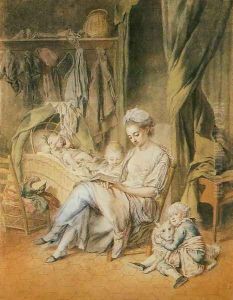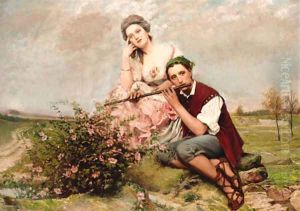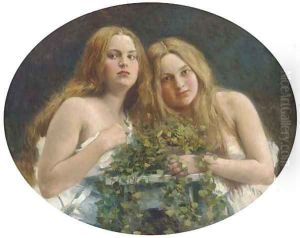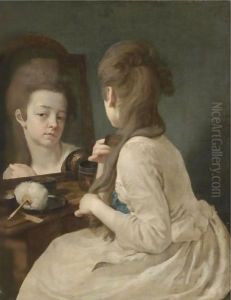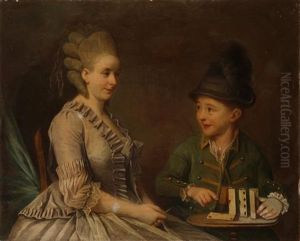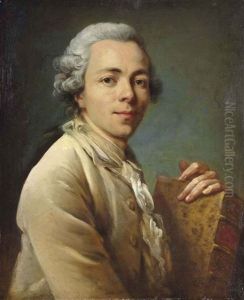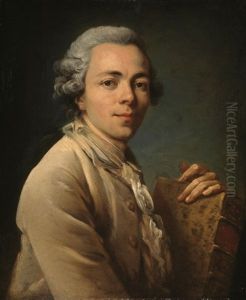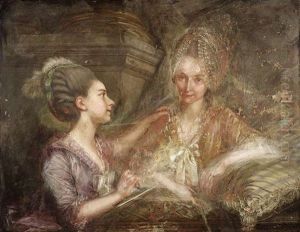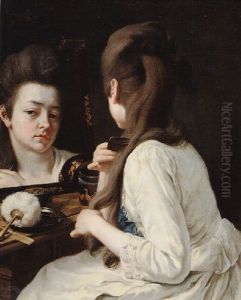Johann Anton de Peters Paintings
Johann Anton de Peters was a distinguished German painter and engraver, born in 1725 in Cologne, Germany. His artistic journey began under the guidance of his father, who was also his first teacher. He later furthered his studies in Paris and Rome, which were pivotal in shaping his style and approach to art. De Peters was greatly influenced by the Baroque and Rococo movements, which is evident in his elaborate use of color and intricate compositions. His ability to blend the dramatic intensity of Baroque art with the lightness and grace of Rococo made his work unique and highly sought after during his time.
De Peters was particularly renowned for his religious and mythological scenes, which were characterized by their emotional depth and visual splendor. His paintings often depicted scenes from the Bible, ancient mythology, and the lives of saints, infused with a sense of dynamism and drama. He was also a skilled portraitist, capturing the likeness and personality of his subjects with remarkable sensitivity and detail.
In addition to painting, Johann Anton de Peters was an accomplished engraver, a skill that allowed him to reproduce his own works as well as those of other artists. This not only broadened his audience but also contributed to his financial success. His engravings are noted for their precision and ability to convey the textures and nuances of the original paintings.
Throughout his career, de Peters received numerous commissions from churches, royalty, and wealthy patrons across Europe, which attested to his fame and the high regard in which his art was held. Despite his success, he remained dedicated to his craft, continually striving to perfect his techniques and explore new artistic expressions.
Johann Anton de Peters passed away in 1795, leaving behind a legacy that has endured well beyond his lifetime. His works remain in collections and museums around the world, celebrated for their beauty, technical excellence, and emotional resonance. De Peters' contribution to the art world has cemented his place as one of the notable artists of the 18th century, remembered for his unique blend of Baroque intensity and Rococo elegance.
